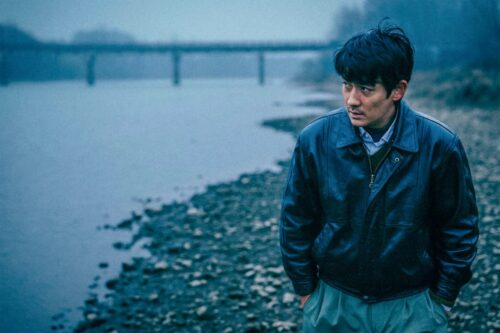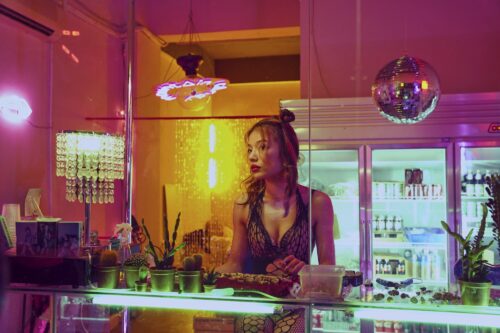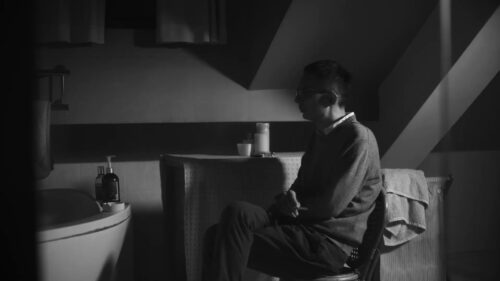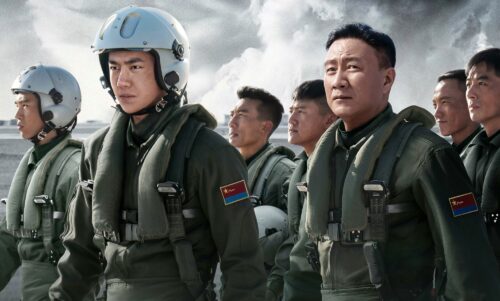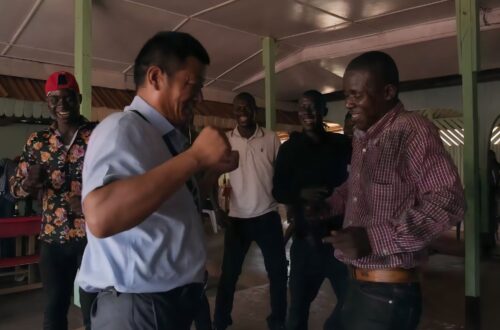Remembering animator Hu Jinqing, father of the Calabash Brothers
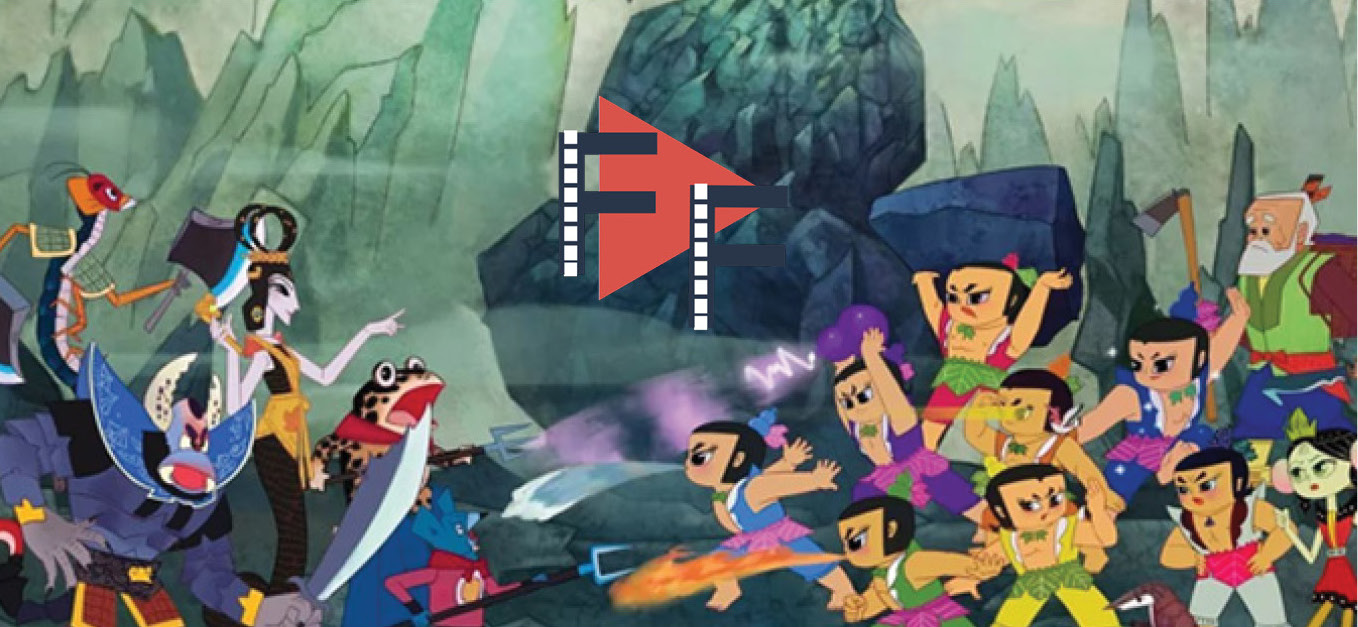
Hu Jinqing, who passed away in Shanghai last month, was a legendary Chinese animator whose works include both the commercially successful and gorgeously artistic.

As far as Chinese cartoons go, only the 1960s film Havoc in Heaven 大闹天宫 can be said to be more iconic than the Calabash Brothers 葫芦兄弟. This classic TV show, first aired in 1986, has been a childhood staple for many young Chinese. Over the span of 13 episodes, the series follows the adventures of seven superhuman boys who were born from calabashes. Each of the brothers is dressed in a different color of the rainbow, and all of the boys have their own unique powers.
The blue-clad Sixth Brother 六娃, for example, can become invisible, while the green Fourth Brother 四娃 has the elements of fire and lightning at his control. Together, the brothers have to fight the Scorpion King 蝎子大王 and Snake Queen 金蛇夫人, a pair of demons who escaped their prison of Calabash Mountain. A sensation on its original broadcast, the series promptly spawned comic books and a sequel. In recent years, a reboot called the New Calabash Brothers 新葫芦兄弟 premiered in 2016, and a live-action film adaptation is also reportedly in development by Shanghai Film Group and Edko Films.
While I haven’t seen this later incarnation, the New Calabash Brothers was panned by fans on the internet for being lazy and soulless. The criticism got so heavy that the reboot’s producers replied that the project just didn’t have enough money. Even by Hanna Barbera standards, however, the original series had a very limited budget. What it lacked in funds, it made up with the strong experience and imagination of the production team. The three co-directors of the series, Hu Jinqing 胡进庆, Shen Zuwei 沈祖慰, and Zhou Keqin 周克勤, all had extensive backgrounds in making animated shorts.
Hu, in particular, worked on some of the loveliest animation ever to come out of China. According to Xinhua, Hu Jinqing passed away in Shanghai last month, at the age of 83. The late animator was closely associated with the Shanghai Animation Film Studio, and was noted for his role in the development of Chinese cutout animation. In cutout animation, cartoons are animated using pieces of paper in stop-motion (like South Park). Hu’s mentor Wan Guchan 万古蟾, of Havoc in Heaven fame, had pioneered China’s characteristic and folk art-inspired variation on the form.
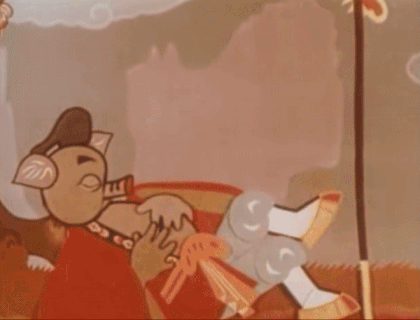
In 1958, Hu was an assistant on Wan’s landmark short Pigsy Eats Watermelon 猪八戒吃西瓜. Starring Zhu Bajie 猪八戒, a part-pig, part-human character from Journey to the West 西游记, the short was Wan’s first demonstration of the new cutout style. Hu continued to work with Wan during this period, notably lending his hands to Fishing Child 渔童 (1959), a short about an engraving on a jar that can come to life, and Golden Conch 金色的海螺 (1963), a love story between a fisherman and sea goddess. These Wan-era shorts were very well-regarded, and several even won awards at international film festivals. While Hu honed his skills with papercut animation on these projects, he also became interested in ink wash painting, a feature he would adapt into his own style.
 As a director, Hu often concerned himself with shorts about animals and nature. His masterpiece, The Fight Between the Snipe and the Clam 鹬蚌相争 (1983), is a fine showcase of both themes. The backgrounds consist of inky black mountains and trees, and a clear, misty body of water. As fish swim about, and a blue bird flies freely in the air, a fisherman traps a turtle on his boat. A snipe, oblivious of the man, tries to grab a clam out of its shell. The two animals try to get the best of each other, but the entire fight proves pointless, as the clam and snipe ignore the greater danger around them. It’s a graceful and meditative piece, and in the words of film critics David Ehrlich and Tianyin Jin, “We never feel we are watching cartoon characters but that we ourselves are standing by a river or behind a tree catching a glimpse, with Hu Jinqing, of the natural world before us.”
As a director, Hu often concerned himself with shorts about animals and nature. His masterpiece, The Fight Between the Snipe and the Clam 鹬蚌相争 (1983), is a fine showcase of both themes. The backgrounds consist of inky black mountains and trees, and a clear, misty body of water. As fish swim about, and a blue bird flies freely in the air, a fisherman traps a turtle on his boat. A snipe, oblivious of the man, tries to grab a clam out of its shell. The two animals try to get the best of each other, but the entire fight proves pointless, as the clam and snipe ignore the greater danger around them. It’s a graceful and meditative piece, and in the words of film critics David Ehrlich and Tianyin Jin, “We never feel we are watching cartoon characters but that we ourselves are standing by a river or behind a tree catching a glimpse, with Hu Jinqing, of the natural world before us.”
When it comes to his part in the Calabash Brothers, Hu has been dubbed the father of the characters. Initially, Shanghai Animation Film Studio wanted to adapt Ten Brothers 十兄弟, a Chinese legend about 10 brothers who are essentially superheroes. Hu borrowed the story’s premise, but cut the brothers down from 10 to seven, adding other original ideas. In addition to directing, Hu did designing and writing duties, crediting himself as the pseudonyms Jin Qing 进庆 and Mo Yan 墨犊.
Hu’s overall influence was so strong that, years later, Hu and fellow animator Wu Yunchu 吴云初 took their old studio to court, claiming copyright of the characters they created. Across his four decades of work, Hu made over 35 films, directing 10 of them. Although he retired in the late 1990s, Hu continued to follow animation from the outside. “A good cartoon,” he once remarked, “should be interesting, thrilling, and humorous, but most importantly, it must have meaning.” By all these standards, Hu was a definite success. The Calabash Brothers have entertained millions and millions, while Hu’s more serious shorts, such as The Fight Between the Snipe and the Clam, remain beautiful pieces of art worth admiring.
Film Friday is The China Project’s film recommendation column. Have a recommendation? Get in touch: editors@thechinaproject.com
